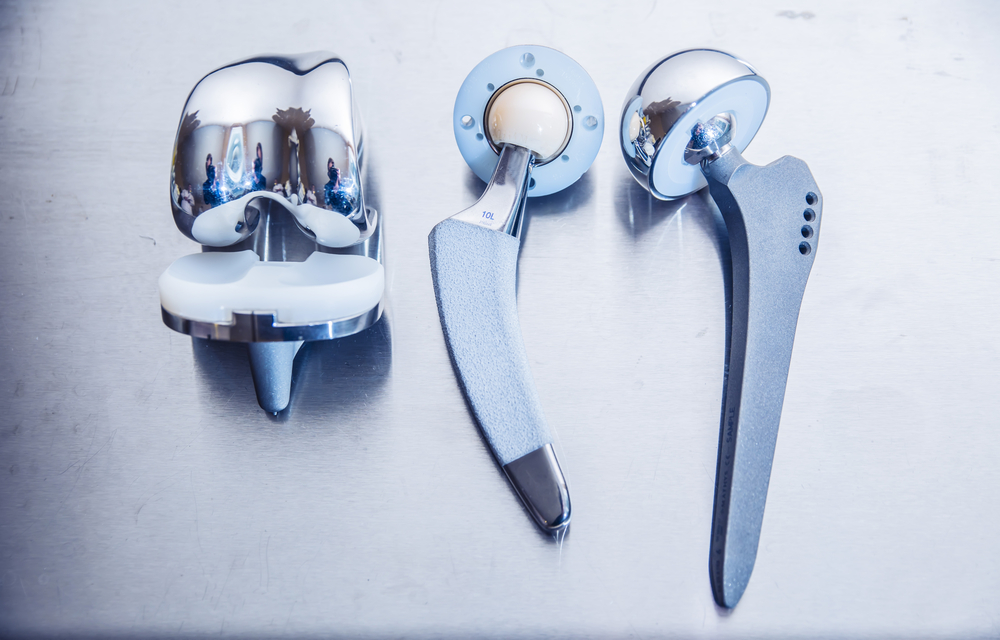Hip replacements help people with painful, degenerated hip joints to regain the ability to walk and regain independence. The surgery is only the first part of the process and what happens in their rehabilitation is just as important. One thing that impedes recovery is the restriction of certain hip movements to help prevent a dislocation of the hip joint after surgery. For many years, hip replacement clients have been told to not flex their hips more than 90 degrees and to not cross their legs. These positions were though to increase the risk of a replaced hip joint dislocating.
Recent studies have suggested that these precautions are not necessary and may even result in a poorer outcome than if no precautions are used. Not using precautions such as avoiding more than 90 degrees hip flexion and crossing legs did not increase the risk of hip replacement dislocations. As these precautions may limit the ability of a physiotherapist to prescribe certain hip strengthening exercises, it may even hinder progress to follow these precautions.
The following studies all suggest that precautions are not necessary to prevent dislocations:
Restrepo C, Mortazavi SM, Brothers J, et al. Hip dislocation: are hip precautions necessary in anterior approaches? Clin Orthop Relat Res. 2011;469:417–22.
Peak EL, Parvizi J, Ciminiello M, et al. The role of patient restrictions in reducing the prevalence of early dislocation following total hip arthroplasty. A randomized, prospective study. J Bone Joint Surg Am. 2005;87:247–53.
Talbot NJ, Brown JH, Treble NJ. Early dislocation after total hip arthroplasty: are postoperative restrictions necessary? J Arthroplasty. 2002;17:1006–8.
Ververeli PA, Lebby EB, Tyler C, et al. Evaluation of reducing postoperative hip precautions in total hip replacement: a randomized prospective study. Orthopedics. 2009;32:889.
A recent survey of physiotherapists and occupational therapists suggests that although they are aware that precautions are not necessary, they are still suggested to patients. Some hospitals have now stopped suggesting precautions to hip replacement patients but others need to catch up with the latest research as it may hinder the patient’s progress.
http://bmcmusculoskeletdisord.biomedcentral.com/articles/10.1186/s12891-016-1092-x


